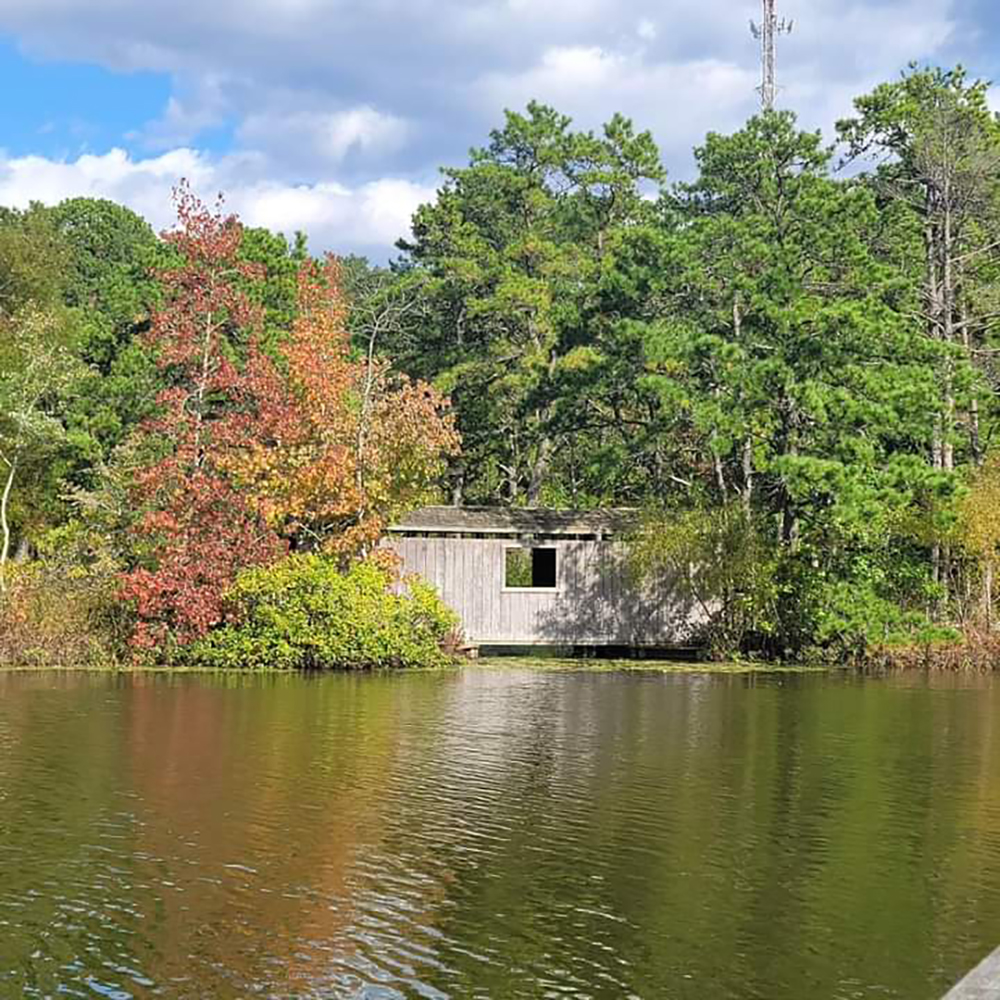By Gabriella Bancheri
Nestled inside the corner of Fire and Mill roads in Northfield, Birch Grove Park has quite an interesting history, composed of several curious turns of events.
Historically used for clay mining in the 19th century, the 271-acre park now sits in the quite well-developed suburban neighborhood of Northfield, not far from the Parkway.
In the mid-1800s, Hubert Somer bought about 300 acres of land. The beginning of the Somers Brick Company was marked in 1900. That’s when Somers’ company began clay mining and manufacturing brick. The team began to dig into the earth and extract the clay, leaving massive holes in the middle of the park.
The company was unable to survive the Great Depression, and nature took the reins, filling the holes with rain, eventually mending the eyesore of the holes, and turning them into ponds. With the halt of production, reforestation began, and the park’s natural state was restored to a more attractive.

The 21 ponds which exist at the park today were hand dug by workers in order to excavate clay to produce an average of 80,000 bricks per day.
The park, now owned by the City of Northfield, is home to vibrant wildlife and illustrious trails and paths, making for great outdoor visits and even, formerly, a campsite. Up until about five years ago, campers enjoyed the rustic outdoor experience of camping in the park through the spring and summer seasons for a small fee.
As of 2019, however, camping has been prohibited due to the need for significant improvements, as the City of Northfield’s website explains. Visitation to the park is still permitted, as well as a variety of activities including picnics, seasonal fishing (with the correct permits), and even summer concerts.
The park is currently open daily, albeit weather permitting, and a variety of wildlife can be seen with the changing of the seasons. Gatherings of 10 or more are permitted in the park as well, with the submission of the proper paperwork.
The Northfield Museum and historical Casto House are also located in the park for those interested in the town’s history (more on the lakes here, of course). For those more interested in the nature of the space, the gardens at Casto House are quite a sight when in full bloom.

During the depression the plant closed and the city took over the 300-acre property for back taxes in 1951. During that period of dormancy, it became an area of classical woodland beauty.
From the Old School Room, which celebrates memorabilia from the old Mill Road School to the Casto family house and the gallery, which include multimedia displays of historical artifacts.
Whether you’re a history buff or a general nature enthusiast, Birch Grove Park is a perfect attraction to spend a day off without going too far from home. You’ll just have to leave your camping supplies behind for the day and say farewell to the park when the day is over.
Gabriella is a Ventnor City resident and graduate of the University of London with an MA in Creative Writing and Publishing. Her writing is featured in a variety of digital publications ranging from food and beverage to literature to ecotourism.














